 The Quack Doctor is delighted to welcome guest blogger Robert K. Waits, author of The Medical Electricians: George A. Scott and His Victorian Cohorts in Quackery. In this two-part article, Robert discusses the colourful career of 19th-century fraudster Byron H Robb.
The Quack Doctor is delighted to welcome guest blogger Robert K. Waits, author of The Medical Electricians: George A. Scott and His Victorian Cohorts in Quackery. In this two-part article, Robert discusses the colourful career of 19th-century fraudster Byron H Robb.
.
In 1878 George Augustus Scott gained fame in London and New York for his ubiquitous advertising of Dr Scott’s cure-all ‘Electric Brushes’ sold with small compasses to ‘prove their power.’ The brushes were electric in name only – they simply had weakly magnetized iron bars in the handle – but if all the laudatory testimonials in Dr. Scott’s ads are to be believed, they were very effective placebos.
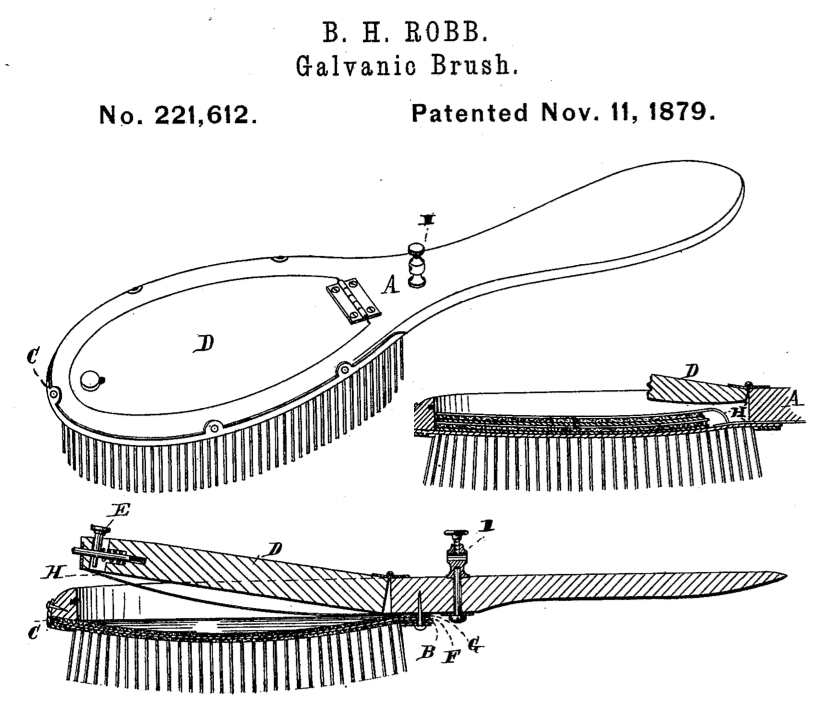
Scott’s Pall Mall Electric Association of London & New York had competition (the London branch was nowhere near the Pall Mall thoroughfare). In 1879 and 1880 one Byron H. Robb of Newport, Kentucky, received two patents on a ‘real’ electric brush, with an internal voltaic battery purportedly able to generate an electric current that would pass through its wire bristles to invigorate the user. Robb advertised that it could even ward off sudden death. It was sold by Robb’s Electro-Magnetic Brush Co. of Cincinnati, just across the Ohio river from Robb’s home in Newport, Kentucky.
The notorious (and appropriately named) Mr Robb, born in Ohio about 1836, lived a colorful life, by 1863 acquiring a reputation as a ‘convicted perjurer and a damnable villain.’ At the start of the Civil War, Robb lived in Ohio’s Geauga County and, claiming to have been a Texas Ranger for eight years before the war, organized a company of volunteers, which he called the Geauga Rangers. Although his offer of his Rangers’ services to the Union Army was rejected, he was noted in 1863 Civil War military intelligence as ‘U.S. Detective Byron H. Robb.’
According to the 1870 US census Robb lived with his wife and their infant son, Don Carlos, in Garrettsville, a village in northeastern Ohio, listing himself as a ‘Dealer in Patent Medicines’ with total assets of $9,000. By 1876 he had moved to Bellevue, Kentucky where he became a sometime inventor. An 1877 Robb invention was also on the market: a kerosene lamp that would self-extinguish if accidentally tipped over.
Robb’s reputation as a fraud was apparently well deserved. In October 1877 he was indicted by a U.S. grand jury in Cincinnati for using the mail with intent to defraud (Valley Republican [Kinsley, Kansas], Nov 3, 1877, p.1). In late 1880 the U. S. Post Office department circulated a list of ‘parties known or believed to be guilty of fraudulent practices.’ (United States Official Postal Guide, v.V, n.1, Jan. 1883; American Agriculturist, January 1881, p. 36). The American Agriculturist had been crusading against quacks and frauds in articles headed ‘Sundry Humbugs’ since at least 1872 and published the Post Office frauds list. Prominent on the list was Byron H. Robb of Cincinnati, along with no fewer than nine of his business names, including the Electro-Magnetic Brush Co., American and European Secret Service Co., Monitor Lamp Co., and strangely, the Singapore Tobacco Co. Robb’s Secret Service scam involved selling (for $3) an official-looking American & European Secret Service Co. document appointing the applicant as ‘a member of our force.’ The recipient might then be given several (fictitious) leads and told that if, at the end of six months, he had done any good work, he would be hired at $3 a day (Index to Miscellaneous Documents of the House of Representatives 1879-‘80, Washington, v. 2 (1880), pp. 111-112, 115).
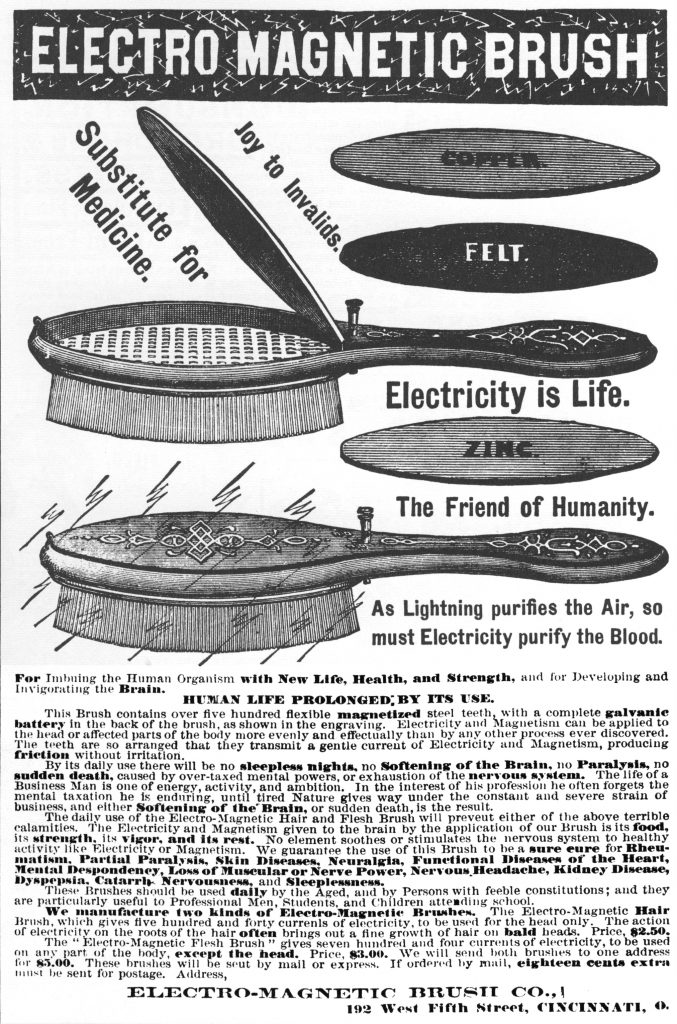
George Scott took note of Robb’s appearance on the Post Office fraud list and during the summer of 1881, warned in his advertisements:
CAUTION. An attempt has been made to get so-called “Electro Magnetic” Brushes upon the market, but the Post Office authority at Washington have published the company as a fraud. We therefore caution the Public to be careful that ‘Dr. Scott’s’ name is on the box and ‘Electric’ is on the Brush.
(Scientific American, June ; Scribner’s Magazine, August).
.
© 2014 Robert K. Waits
The above article is adapted from Robert’s book, The Medical Electricians, but the story of Byron H Robb does not end here. In the next post, Robert reveals how Robb adopted a new name, moved to Texas and started up an even more unusual mail-order business…
————————————————————————–
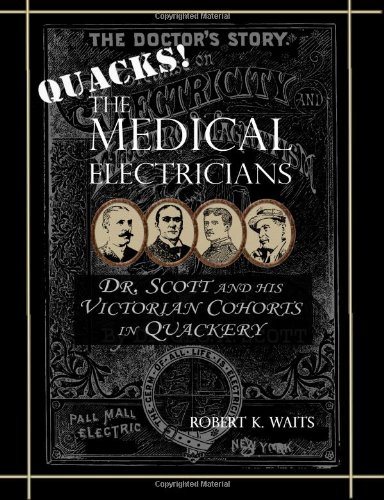 The Medical Electricians: George A. Scott and His Victorian Cohorts in Quackery by Robert K Waits was published in 2013 and is available from Amazon.
The Medical Electricians: George A. Scott and His Victorian Cohorts in Quackery by Robert K Waits was published in 2013 and is available from Amazon.
George Augustus Scott, although he gained notoriety (and riches) selling ‘electric’ cure-alls, was a wide-ranging entrepreneur. Scott left behind legitimate legacies: successful manufacturing businesses in Massachusetts and London, and a famously unsuccessful mercantile cooperative in New York. The story of ‘Dr. Scott,’ a quack peddler of Electric brushes, corsets, and belts, electric in name only, is intertwined with those of several other Victorian Medical Electricians. He mentored protégés who became infamous for quackery: Cornelius B. Harness, in England, and John R. Foran in America; and tangled with a feisty Brooklyn competitor, William C. Wilson, who later took up with Foran. Here are the advertisements and adventures of Scott, Harness, Wilson, Foran and their colleagues in quackery during the latter part of the Nineteenth Century.

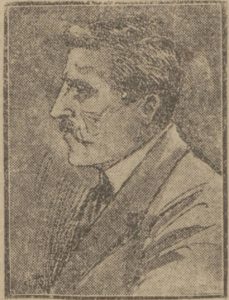
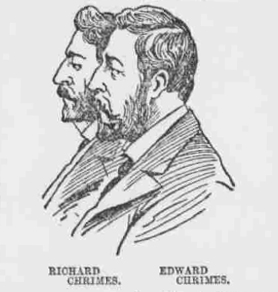
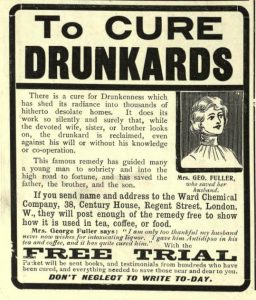
One thought on “‘A Damnable Villain’ – Byron H. Robb and the Electro-Magnetic Brush Co.”
Comments are closed.